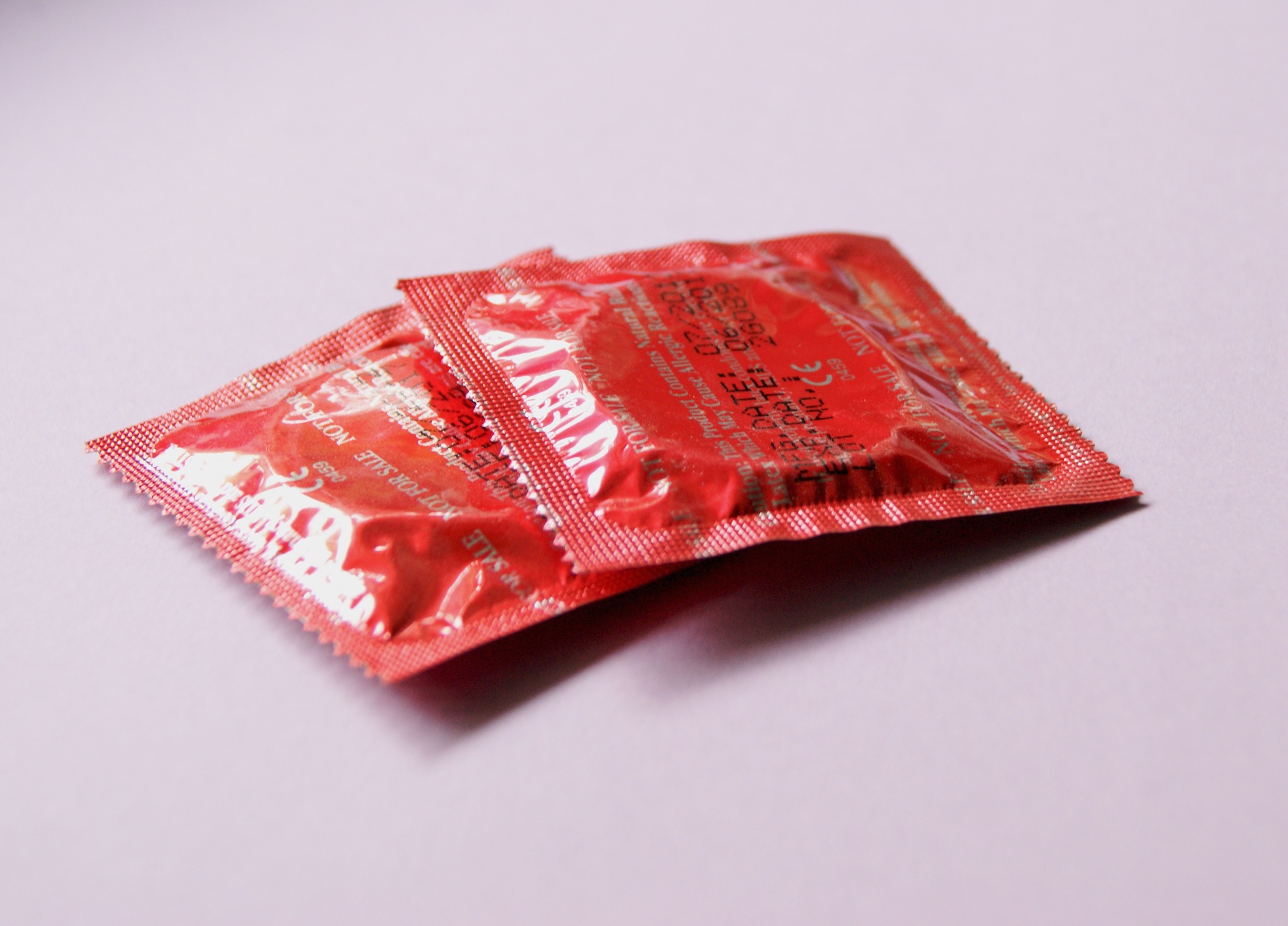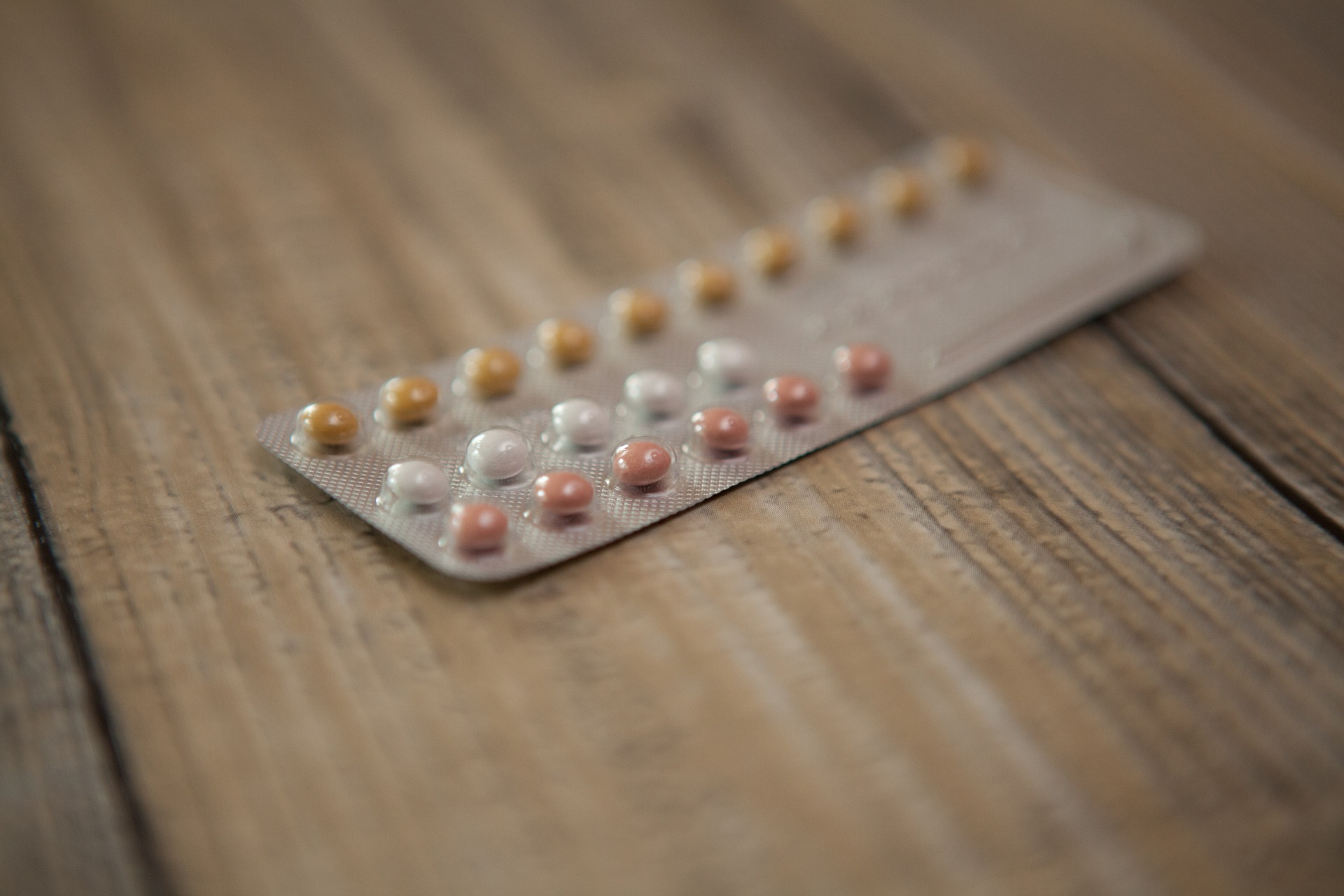For the longest time women have relied heavily on the Pill to protect against unwanted pregnancies. However the 21 day Pill and the recent Morning After pill aren’t the only contraceptive methods out there. With 70% of Kenyan women on some form of contraception, only few are aware about their body’s cycle, their spousal needs and what works for them. What women need to understand is what work for a friend may not work for you.
But with so many birth control options on offer, where should women start?
NATURAL FAMILY PLANNING
Best for – Ladies who know their body cycle
It’s been the oldest and most popular method since man’s existence, and also been used by some for religious reasons. Going natural involves tracking your fertile days, checking the secretions of mucus from your cervix and calculating the length of your menstrual cycle. It’s a really tricky method if you have irregular periods.
How does it work? You need to know your natural rhythm if it’s a 28 day or 21 day cycle.
What’s the catch – There’ll be days you will have to use condoms if you’re in the mood.
Contraceptives won’t offer protection from Sexually Transmitted Infections (STIs). If you are considering a new birth control method, you should speak to a medical professional first. Also remember that you can get pregnant immediately after stopping any form of birth control. If you do not trust your body, keep condoms on standby.
THE INJECTION
Best for – Women with heavy or painful period
The injection has helped women; especially young women manage painful menstrual cycles. It also acts as effective contraceptive as it prevents ovulation from taking place. Each injection lasts for 3 months.
How does it work? It steadily releases a synthetic version of the female hormone called progesterone. The injection stops your body from releasing eggs, and it also thickens cervical mucous to prevent implantation from taking place. A nurse will usually inject you straight into the muscle in your bottoms or your arm.
What’s the catch – It can take up to a year for your period or fertility to return to normal after you stop the injections. If you are planning on having a baby soon, I think the injection may be a bad idea. Some women also experience side effects such as weight gain, excessive bleeding for a week or even up to a few months.
Where to get it – Government health clinics or a General Practitioner
THE COIL (IUD)
Best for – A long-term solution
Ladies, if you’re planning not to have babies any time soon , then the coil is for you. A coil can last up to 10 years and it only takes around 15-20 mins to fit.
How does it work? – A small plastic copper T-shaped device with two strings attached is inserted into the uterus. It then releases copper ions which are poisonous to sperms but not to your body organs. You still have the choice to have it removed after which you go back to normal almost immediately. Good thing is most women have not reported any side effects.
The downsides – Some women may expel the coil during vigorous sexual activity, especially in the first few days.
Where to get it – Government health clinics or a General Practitioner
THE IMPLANT
Best for – A fit and forget solution
It’s considered as one of the most effective method at a scale of 99%. It’s also easy to insert and remove. Once in place, you don’t have to think of contraception for up to 3 years. Most women get pregnant a few months after they get it out.
How does it work? – A match stick sized plastic rod is inserted under the skin of your upper arm. It releases small amounts of progestin to stop your body from releasing an egg each month. It also trims the uterus lining so it is unable to support a fertilized egg.
The downsides – Irregular, heavy periods or spotting can occur. Some women even stop getting periods after a year. You need to know that implants release hormones immediately but you may need to use condoms for the first weeks just to be safe. Implants do not work well on overweight women or those seen to have high cholesterol. They can also cause you to suffer regular headaches and nausea.
Where to get it – Government health clinics or a General Practitioner
THE PATCH
Best for – A weekly version of the Pill
This is best for women looking for a hassle free option to take them through unsafe days for a week.
How does it work? – You apply one patch for a week (usually on the buttocks or the legs). You do this for 3 weeks in a row and go patch free in the 4th week – when your period should start. The patch delivers a steady flow of hormones that prevent ovulation, which is through the skin into the bloodstream. From experience, this method has hardly any side effects.
The down sides – It is expensive i.e. around 600-1000 bob per month . Like the Pill, it could also put you at a higher risk for blood clots or depression. It also doesn’t work well on overweight women.
Where to get it – A General Practitioner or Pharmacy







No Comments